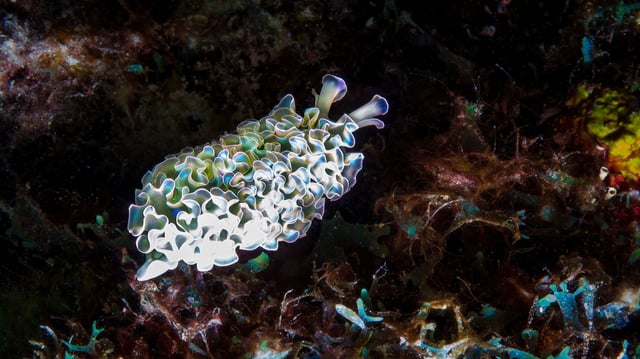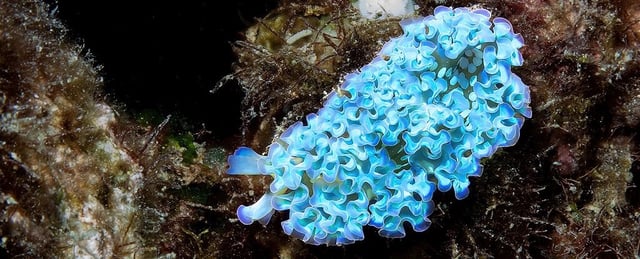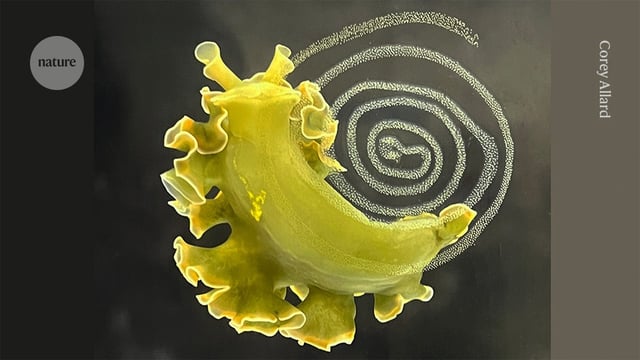Overview
- Certain Elysia sea slugs sequester chloroplasts from algae within specialized gut organelles dubbed kleptosomes
- Chemical analyses show these stolen chloroplasts continue photosynthesis and synthesize algal proteins over extended periods
- Researchers found slug-derived proteins inside the chloroplasts, indicating the host actively maintains the stolen organelles
- Kleptosomes harbor ion channels such as P2X4 that respond to ATP generated during photosynthesis
- Scientists believe this kleptoplastic mechanism could shed light on how ancient symbioses gave rise to organelles like mitochondria



